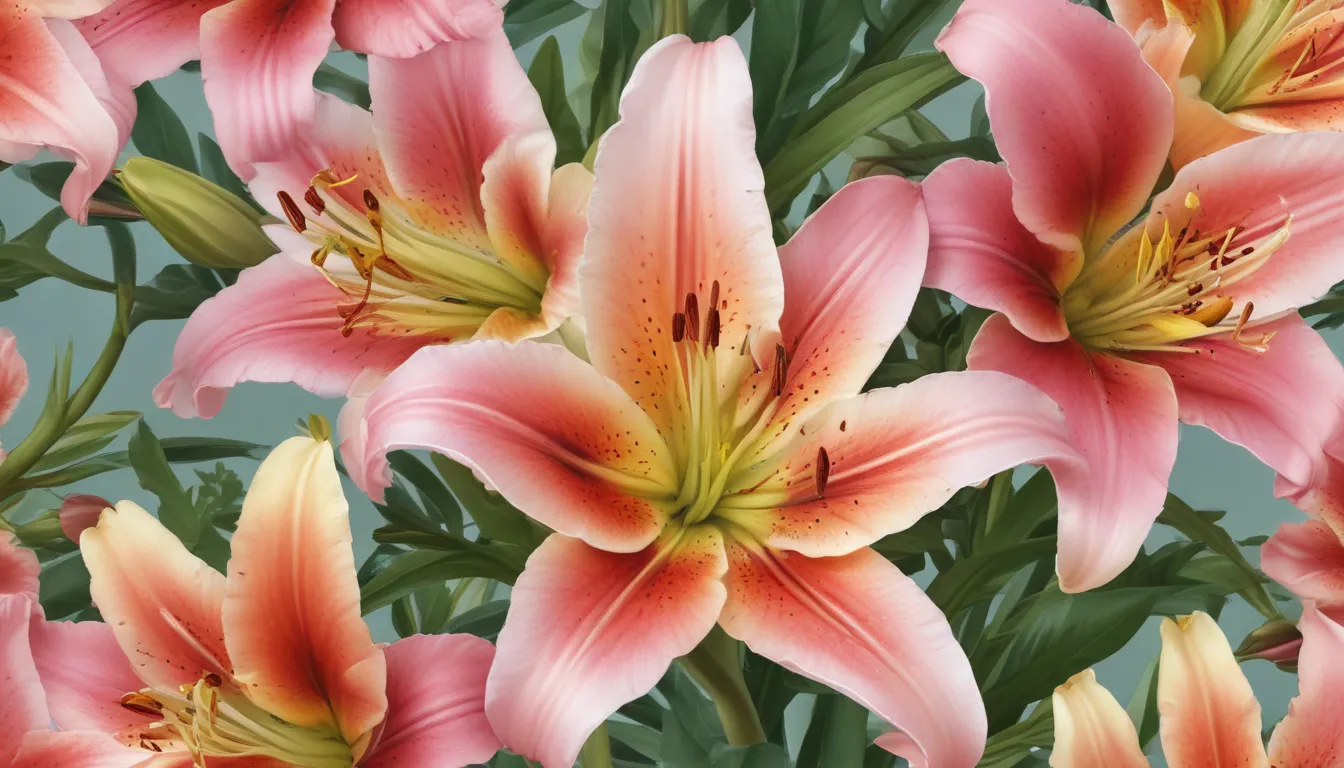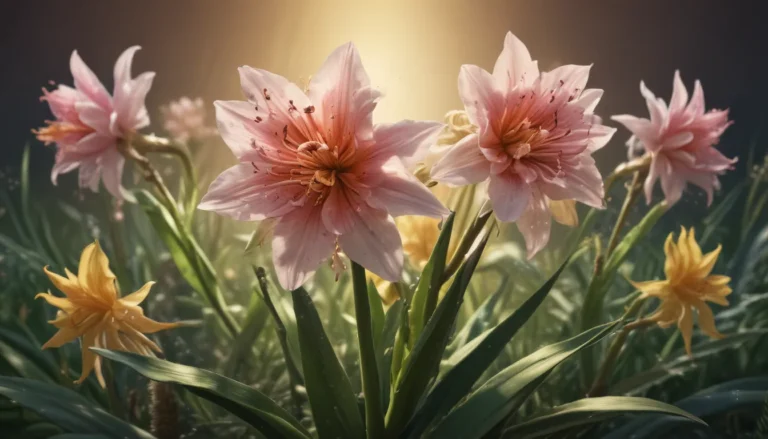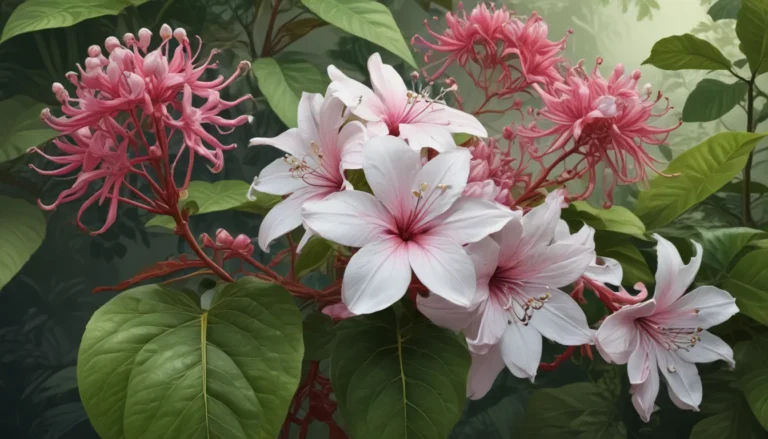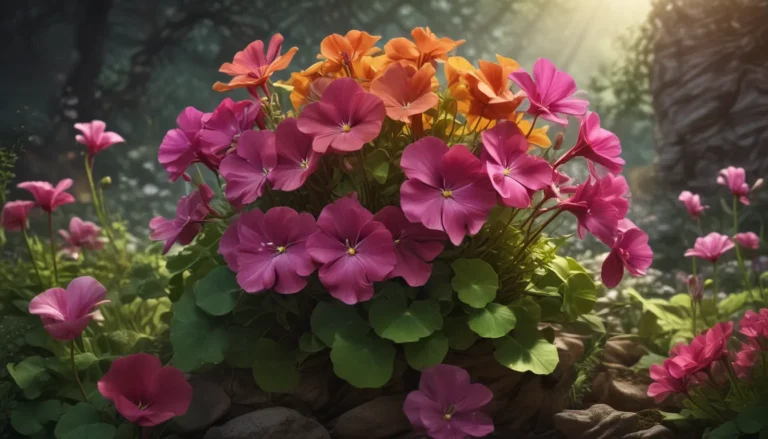The pictures we use in our articles might not show exactly what the words say. We choose these pictures to make you interested in reading more. The pictures work together with the words but don’t take their place. The words still tell you the important facts.
Are you ready to delve into the enchanting world of Guernsey Lily? Also known as Nerine sarniensis, this captivating flower has captured the hearts of plant enthusiasts worldwide. With its vibrant blooms and unique characteristics, the Guernsey Lily is a popular choice for gardens and floral arrangements. Let's uncover 10 fascinating facts about this remarkable flower, from its symbolism to its resilience, and everything in between.
Unveiling the Guernsey Lily: A Closer Look at Nerine sarniensis
The Guernsey Lily, scientifically known as Nerine sarniensis, belongs to the Amaryllidaceae family and is native to South Africa. Its historic association with the Channel Island of Guernsey has earned it the popular name of Guernsey Lily.
Blooming Bright: Guernsey Lily in the Fall
One of the most intriguing characteristics of the Guernsey Lily is its bloom time. This stunning flower graces gardens and floral displays with its vibrant colors in the fall, typically from September to October.
Bold and Beautiful: The Trumpet-Shaped Flowers of Guernsey Lily
Guernsey Lily is known for its bold and elegant trumpet-shaped flowers that come in various shades of pink, red, and white. These striking blooms attract bees and butterflies, adding flair to any garden.
Thriving in the Right Environment: Guernsey Lily’s Soil Requirements
To ensure optimal growth, Guernsey Lily thrives in well-drained soil rich in organic matter. Planting in a sunny location and avoiding waterlogged soil helps prevent root rot and promotes healthy growth.
From Indoor Elegance to Outdoor Charm: Planting Guernsey Lily
Whether indoors as a potted plant or outdoors in gardens and landscapes, Guernsey Lily adds a touch of elegance and charm. Its vibrant colors and exceptional longevity make it a desirable choice for any setting.
Resilient Beauty: Guernsey Lily’s Resistance to Wildlife
Guernsey Lily boasts natural defenses against deer and rabbits, making it a great option for areas prone to wildlife activity. This resilience allows the plant to flourish and multiply over time.
Multiplying Beauty: Guernsey Lily’s Bulb Offsets
An interesting characteristic of Guernsey Lily is its ability to multiply and produce offsets over time. This natural process creates larger clusters of vibrant flowers, enhancing the visual impact in gardens.
Embracing Symbolism: Guernsey Lily as a Symbol of Hope
Beyond its ornamental beauty, Guernsey Lily symbolizes hope and resilience. It serves as a meaningful gift, conveying messages of positivity and strength in challenging times.
The Guernsey Connection: A Historical Reference
The name "Guernsey Lily" pays homage to the Channel Island of Guernsey, where the plant has a prominent history dating back to the 17th century. Despite not being native to the region, it has strong ties to the island.
A Timeless Beauty: Guernsey Lily in Modern Gardens
Guernsey Lily, with its rich history, unique characteristics, and symbolic significance, remains a timeless beauty in modern gardens. Its resilience, adaptability, and stunning blooms continue to captivate plant enthusiasts worldwide.
Frequently Asked Questions
- Q: How do I care for Guernsey Lily?
-
A: Guernsey Lily requires well-drained soil, full sun to partial shade, and regular watering. During dormancy, keep the bulbs dry and fertilize with a balanced fertilizer for healthy growth.
-
Q: Can I grow Guernsey Lily indoors?
-
A: Yes, Guernsey Lily thrives indoors in containers. Place it in a bright location with good air circulation, following the same care guidelines as outdoor cultivation.
-
Q: When does Guernsey Lily bloom?
-
A: Guernsey Lily typically blooms in late summer or early autumn, from September to November, brightening gardens with its vibrant flowers.
-
Q: How long does a Guernsey Lily bloom last?
-
A: Each Guernsey Lily bloom lasts around two weeks, but the plant produces multiple blooms on each stem, ensuring a prolonged display.
-
Q: Is Guernsey Lily poisonous to pets?
- A: Guernsey Lily is toxic to cats and dogs, containing alkaloids that can cause symptoms if ingested. Keep pets away from this plant.
Indulge in the beauty of Guernsey Lily and explore its fascinating characteristics, from its symbolism to its resilience in the face of challenges. Whether you're an avid gardener or simply appreciate the wonders of nature, Guernsey Lily is a delightful addition to any garden or floral arrangement. Embrace the hope and vibrancy it brings, and let its stunning blooms brighten your surroundings.






